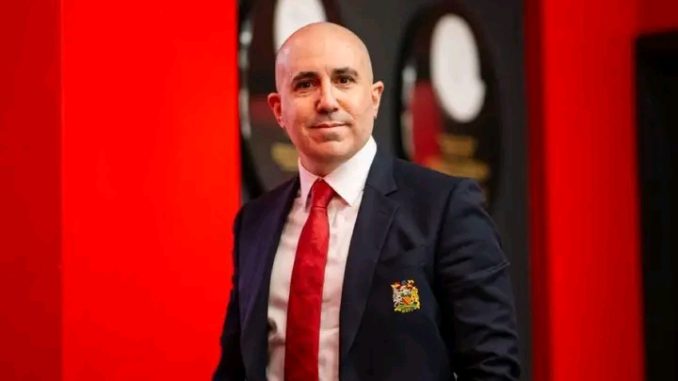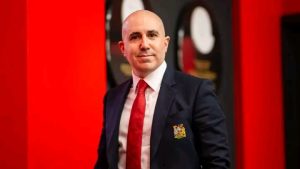
🚨 NEW: How Manchester United Were Able to Fund the Šeško Deal.
Manchester United’s pursuit of Benjamin Šeško, reportedly costing around €85 million, sparked questions about how the club managed to fund such a move under Financial Fair Play (FFP) constraints. However, recent internal financial strategies and unexpected income sources have made the deal possible.
🔴 Rashford Wage Savings
United have reportedly saved £12.75 million annually due to Marcus Rashford’s departure or wage restructuring. This has created immediate breathing room in the wage bill, allowing space to accommodate new signings like Šeško.
🔁 Staggered Payments on Mbeumo & Cunha
The deals for Bryan Mbeumo and Matheus Cunha have been smartly structured with staggered payment terms, ensuring that only a fraction of the total outlay impacts this financial year. This flexibility gave United more leeway to complete the Šeško transfer.
💸 £21 Million in Sell-On Fees
United have quietly banked £21 million through sell-on clauses inserted in past deals. Recent transfers involving former academy or fringe players have triggered these clauses, boosting the club’s cash reserves unexpectedly.
⚠️ Chelsea’s Sancho Penalty
Chelsea’s aggressive pursuit of Jadon Sancho, while not resulting in a full transfer yet, reportedly triggered a financial penalty clause after breaking early negotiation terms. This compensation has brought in an undisclosed amount believed to be in the millions.
📉 Reduced Operating Costs
Finally, following a major staff restructuring, the club has reduced operational costs significantly. These savings have contributed to freeing up funds for investment in the first team.
Through a combination of strategic planning, clever financial structuring, and fortunate windfalls, Manchester United have successfully created room to bring in one of Europe’s most promising strikers.
Leave a Reply